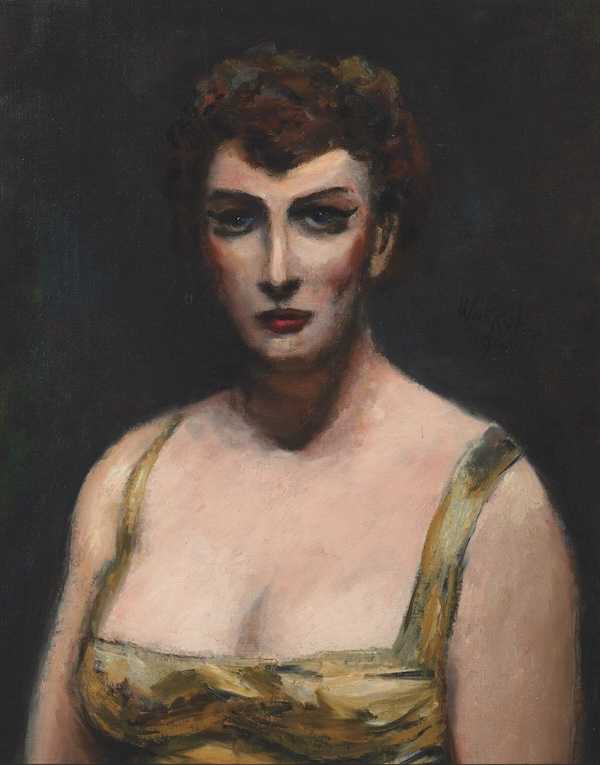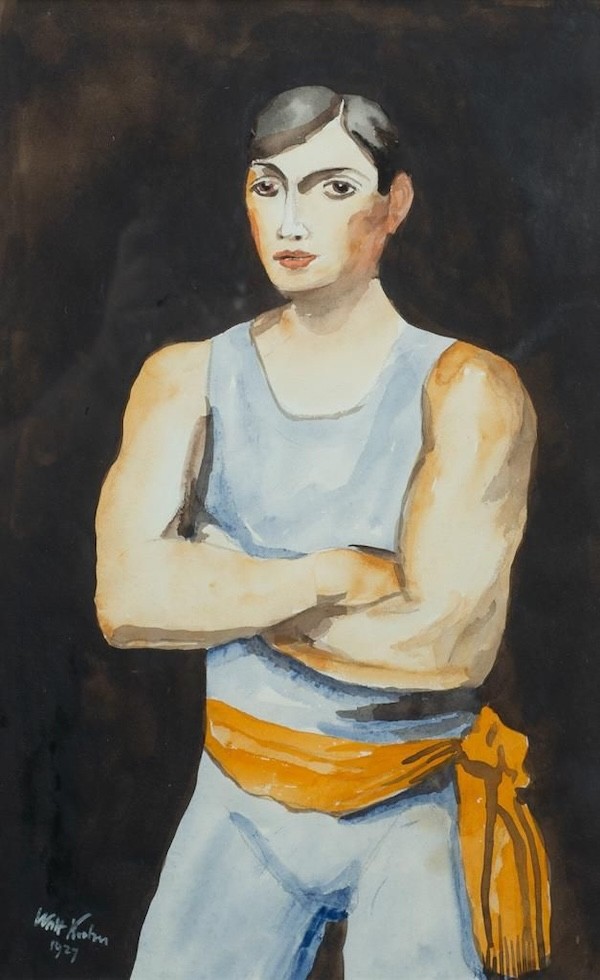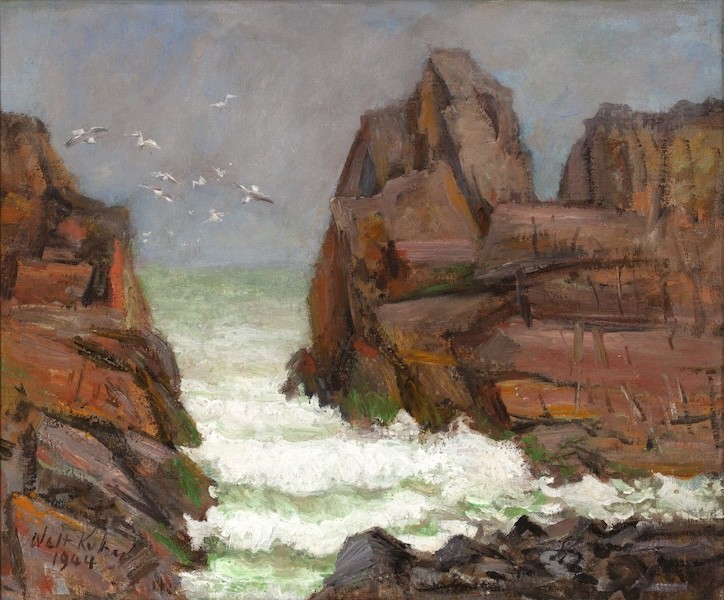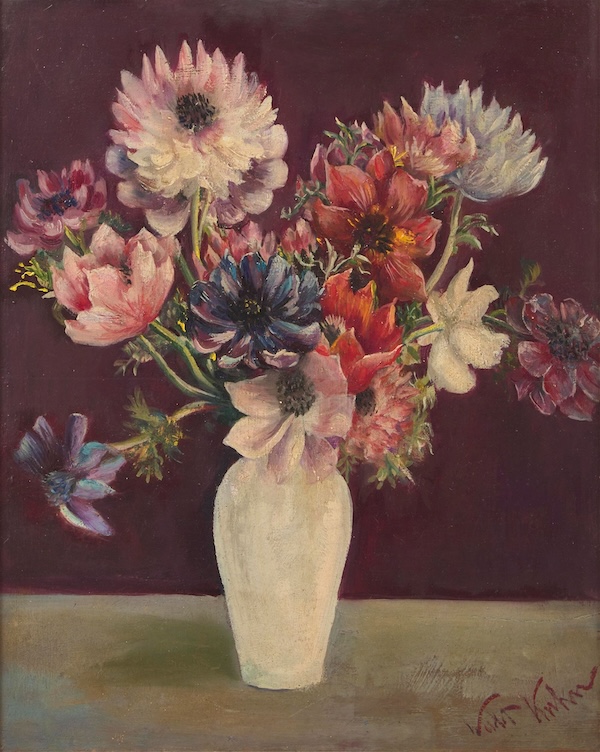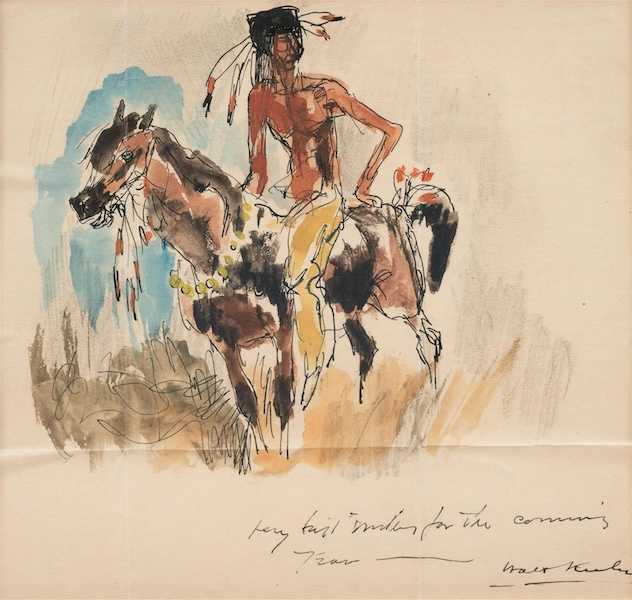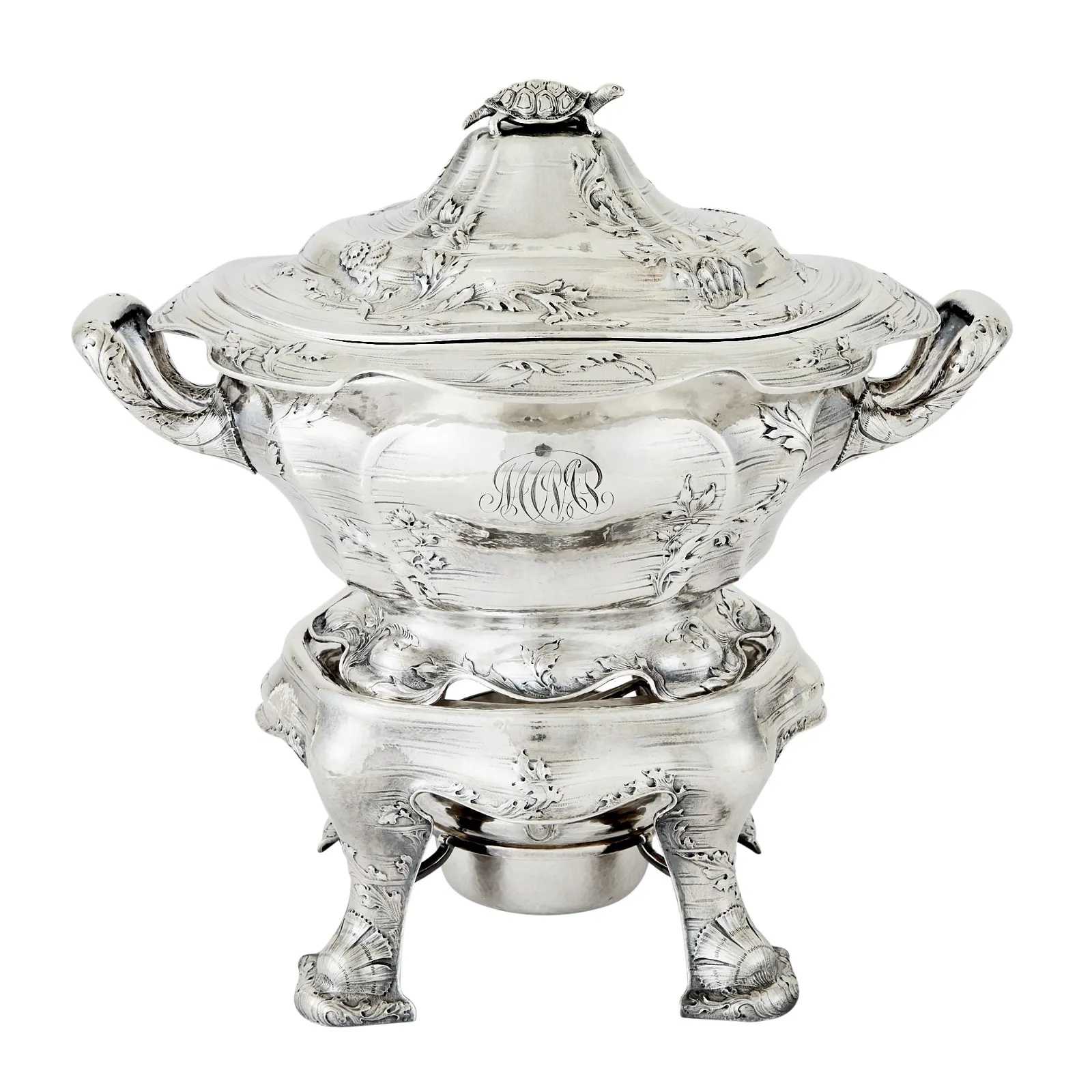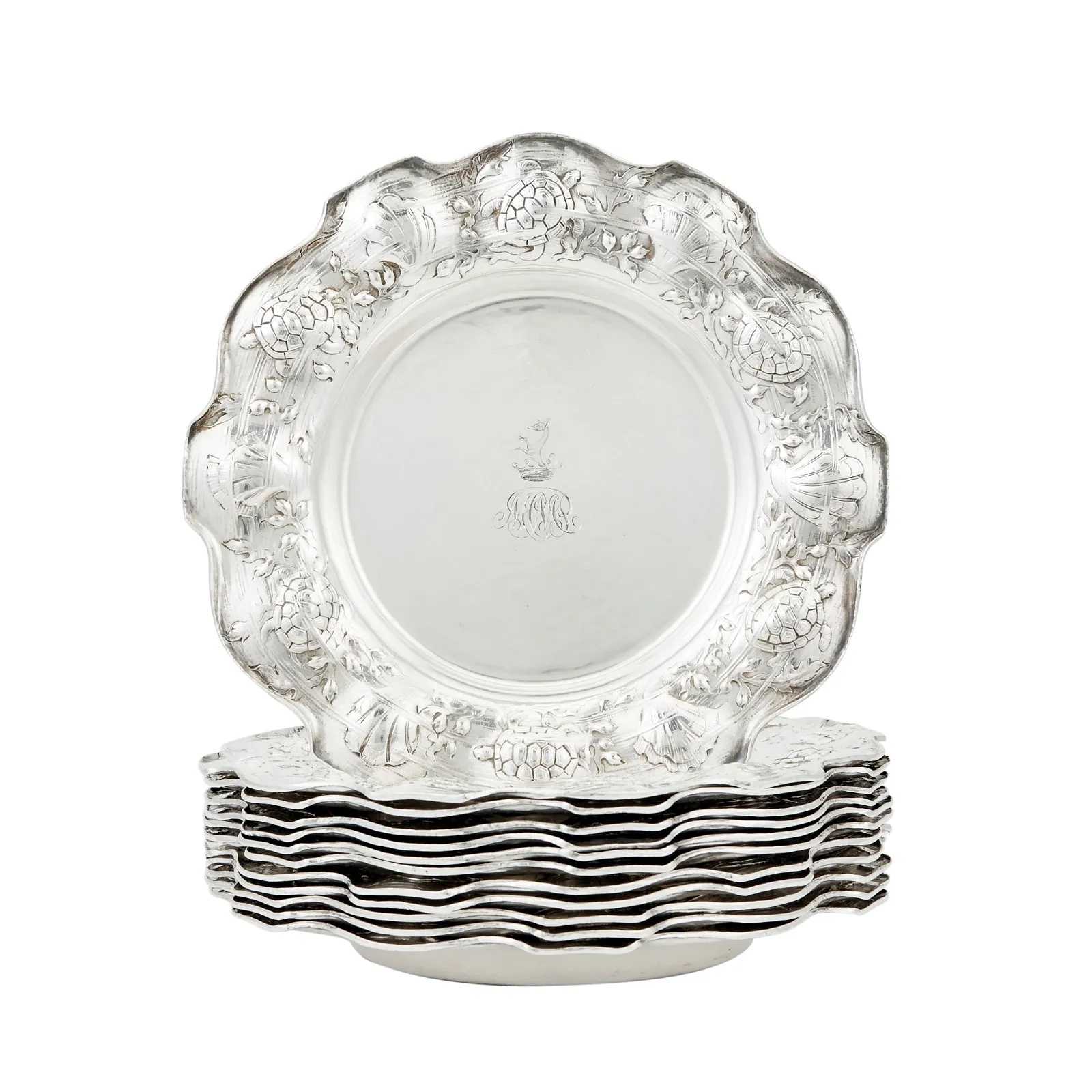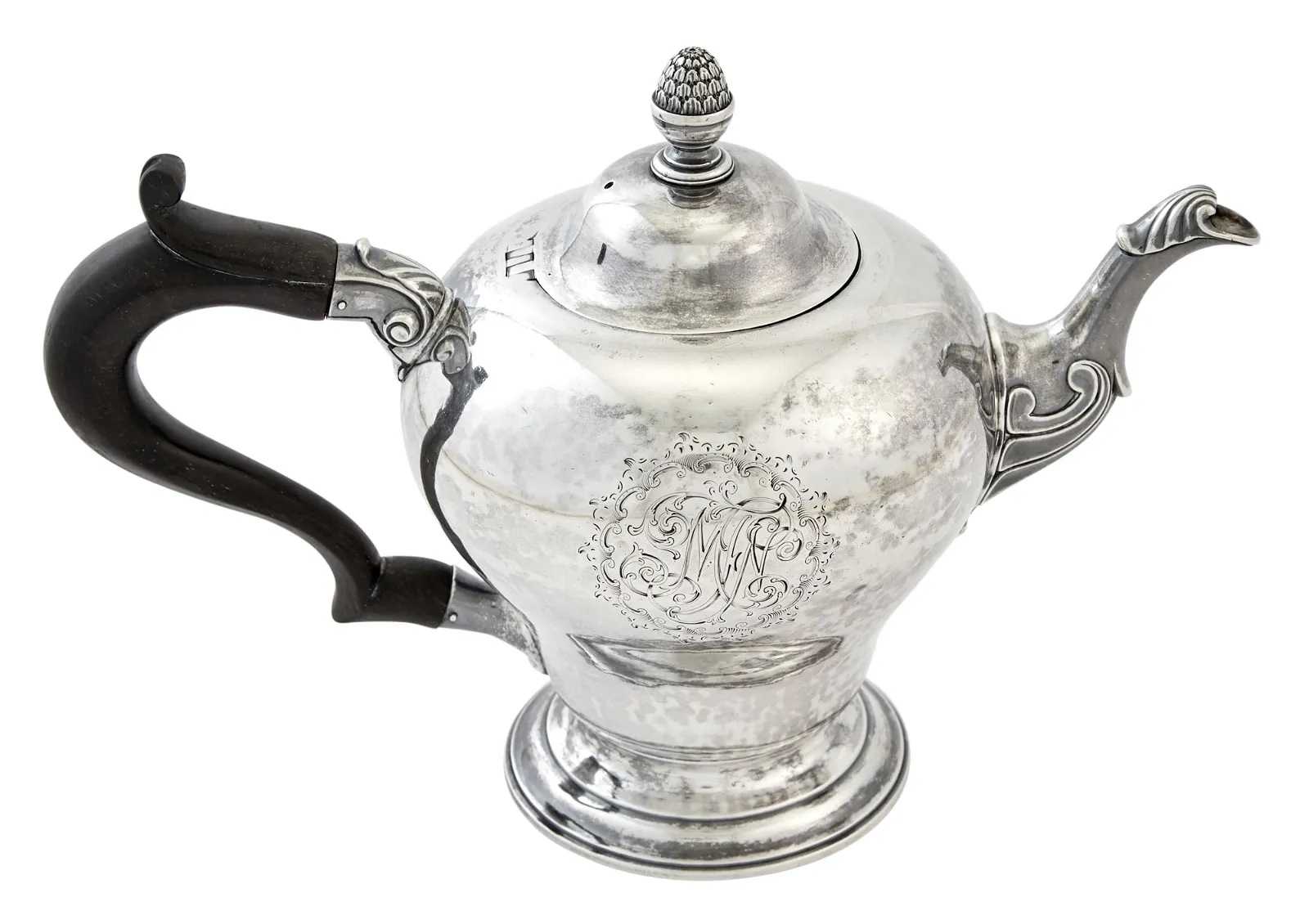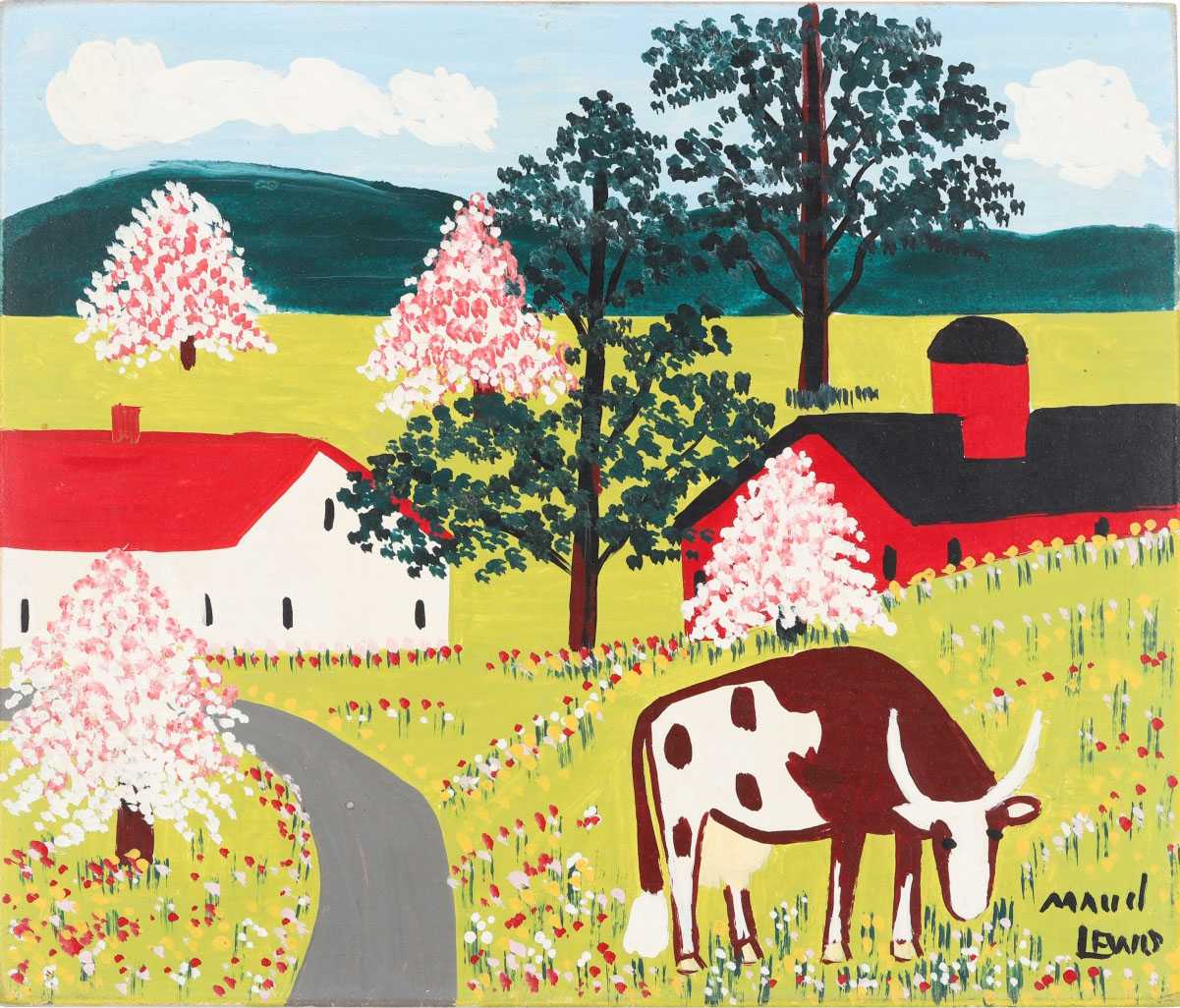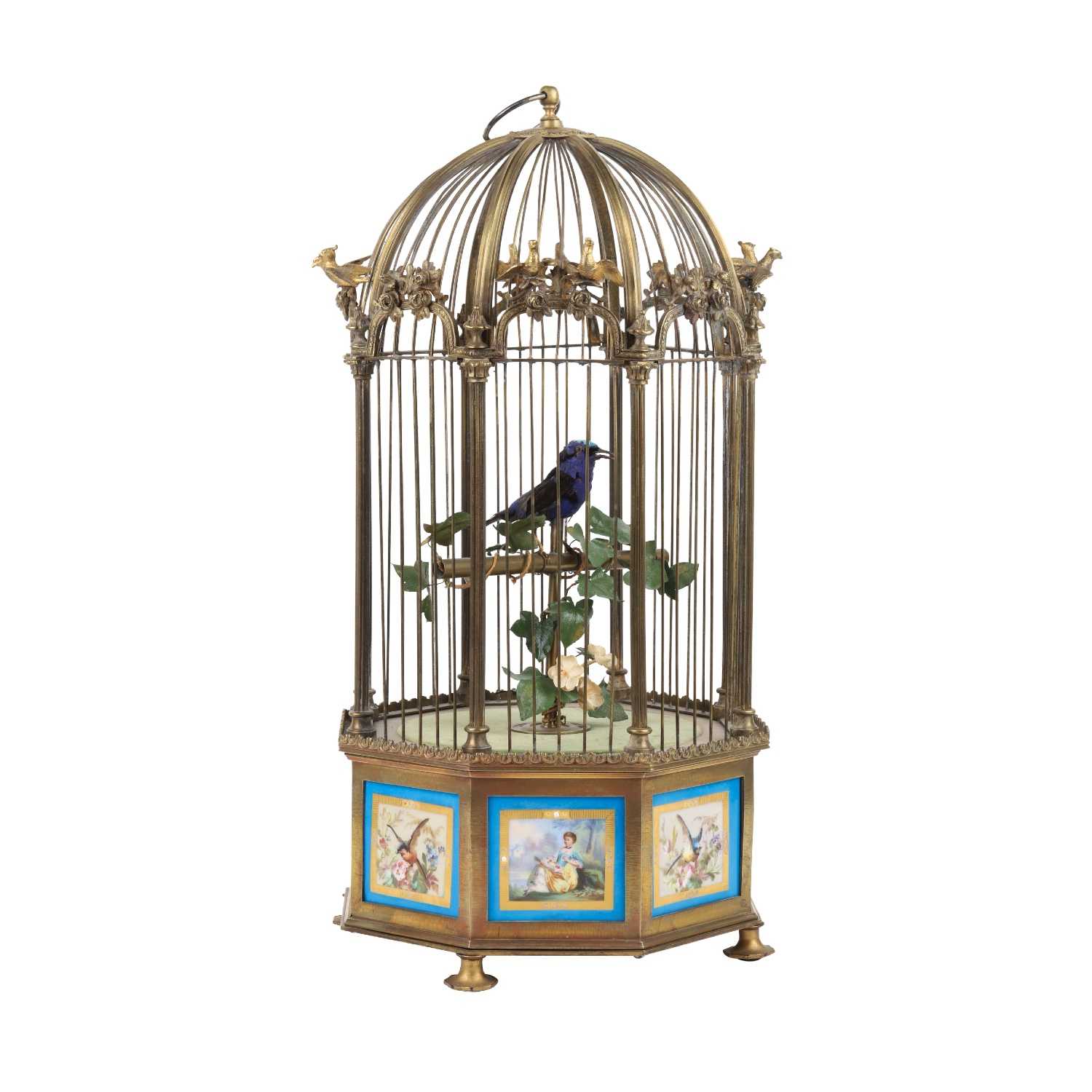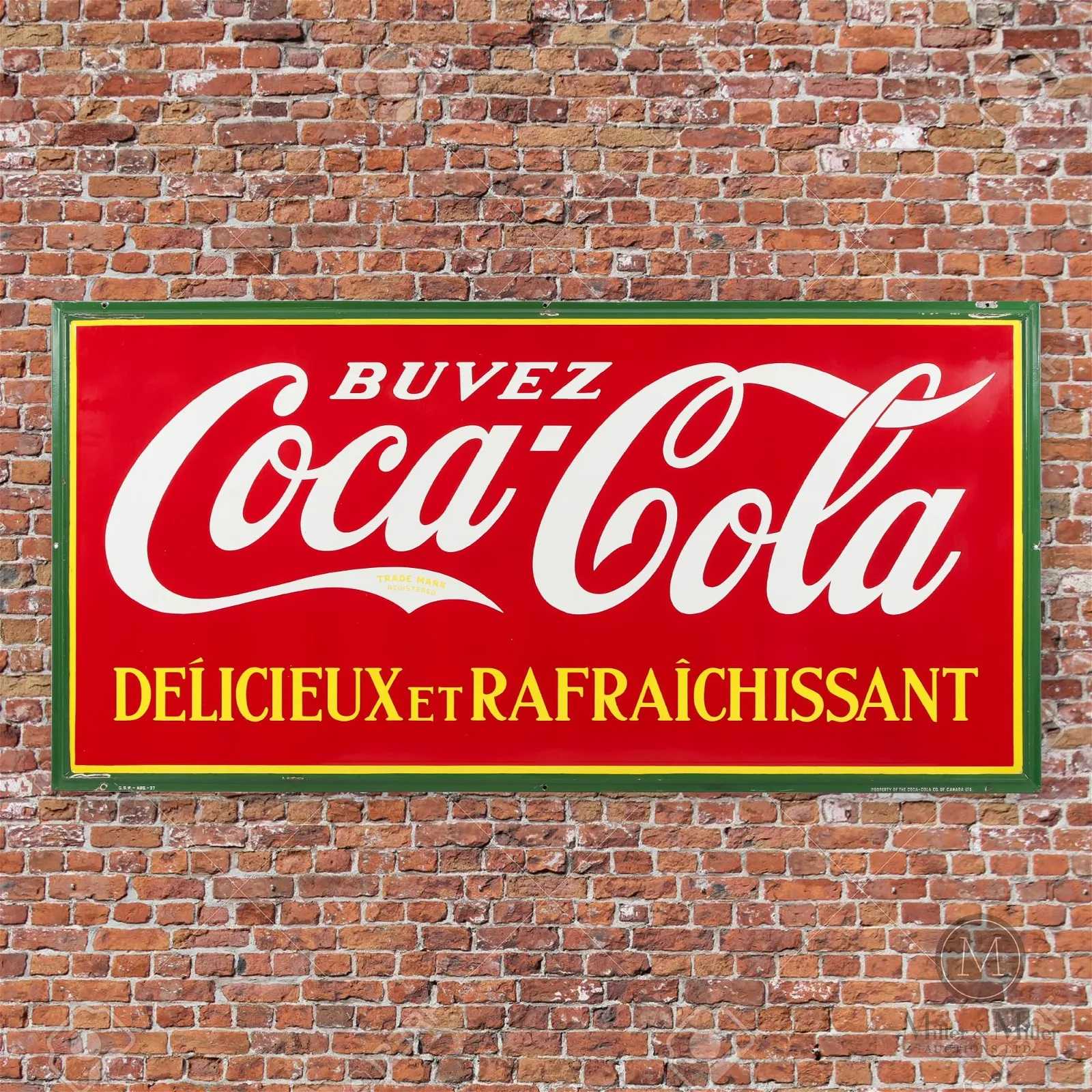COLOGNE, GERMANY — Although the modern typewriter ultimately assumed a single design, its invention was incremental, and was the product of numerous inquiring minds working independently or in competition across decades. However, as the pace of business communications changed in the late 19th century, so the pace of typewriter development accelerated.
Some of the most desirable typewriters in the collecting field were offered by technology specialist Auction Team Breker in its March 23 sale. They shared two features in common. All dated from a relatively brief period — circa 1890 to 1905 — and none experienced much in the way of commercial success.
Joseph Hassel Jackson’s Typewriter Company of Boston, Massachusetts advertised its first ‘time and labour saving’ product in August 1899. The Jackson Type I, designed by factory foreman Andrew Wilton Steiger (1856-1935), was promoted as the ‘fastest machine in the world’ and was priced at $100.
The curious ‘grasshopper-action’ is described by Darryl Rehr in the 1997 book Antique Typewriters and Office Collectibles as follows: “Each type-bar resembles an elongated pantograph, with the scissors action accomplishing the mechanical gymnastics [that causes each bar to] do a somersault on its way to the platen.”
With only a few units produced and sold across four years (the Jackson Type II made circa 1903 has a different typebar arrangement and keyboard layout), it is one of the rarest typewriters in the collecting hobby.
The example offered by Breker, bearing the maker’s plaque reading ‘Patented Jackson Typewriter, Boston, Mass’ with the serial no. 653, was estimated at €15,000-€20,000 and took €22,000 ($23,820, or $29,485 with buyer’s premium) from an online bidder using LiveAuctioneers. It is one of only a few Jackson Type II models known, although another with the serial no. 597 took €18,000 ($23,800) at the saleroom in April 2020.
The Ford typewriter was introduced in 1895 by Eugene Ford, an engineer (no relation to Henry) who later became chief development engineer at a firm called the Computing-Tabulating-Recording Company. It later changed its name to IBM. Unlike many competing typewriters of this time, the Ford was a forward-striking machine, which allowed the typist to see the text as it was typed, and it was the first typewriter to use aluminum in its construction. The copper-plated type-bar cover is beautifully decorated, and is its signature feature. The example on offer was in working, original condition and had a low serial number of 417. It hammered to an internet bidder for €29,000 ($31,395, or $38,870 with buyer’s premium) against a €16,000-€22,000 estimate.
The Kosmopolit, patented by the sewing machine manufacturer Guhl & Harbeck of Hamburg, was introduced to the German market at the end of 1888. An index machine, which had the user choose the letters with a pointer rather than rely on a keyboard, it could produce 90 different letters and symbols carried in two rows on a rubber type plate. The writing can be seen only when the typist raises the carriage. Admired for its clear typing, it was exported to several European countries, but it seems to disappear from the record around 1903. Now a rarity, it hammered to a LiveAuctioneers bidder for €18,000 ($19,490, or $46,380 with buyer’s premium) against an estimate of €8,000-€12,000.
Index machines were slower to use than keyboard type machines, but proved popular for a couple of decades as they were mechanically simpler, lighter, and cheaper. The model patented by Dr. George Williamson Coffman (1859-1943) of St. Louis in 1902, called the Coffman Pocket Typewriter, weighed under 1.5lbs and retailed at $5. The characters were selected with the right hand from a two-row rubber index plate using an indicator. They were probably only made for a couple of years, so the example presented at Auction Team Breker in its original wood casket is extremely scarce. Estimated at €3,000-€5,000, it went to a LiveAuctioneers bidder at €7,000 ($7,580, or $9,380 with buyer’s premium).
The sensational result in this auction was provided by one of only 95 Leica ‘Luxus’ 1 cameras produced from 1929 to 1931. This model, with its gold-plated upper and lower parts and snakeskin, is among the Holy Grail pieces for Leica collectors. Back in 2012, one sold for a record £600,000 (roughly $757,490) at Bonhams in Hong Kong.
This Cologne Luxus 1, with the serial number 48442, dates from 1931 and has a link to Fritz and Alfred Rotter — the most prominent private theater directors during the Weimar Republic before they fled Berlin in 1933. With the estimate set at a relatively modest €18,000-€24,000, it hammered at €150,000 ($162,390, or $201,040 with buyer’s premium).
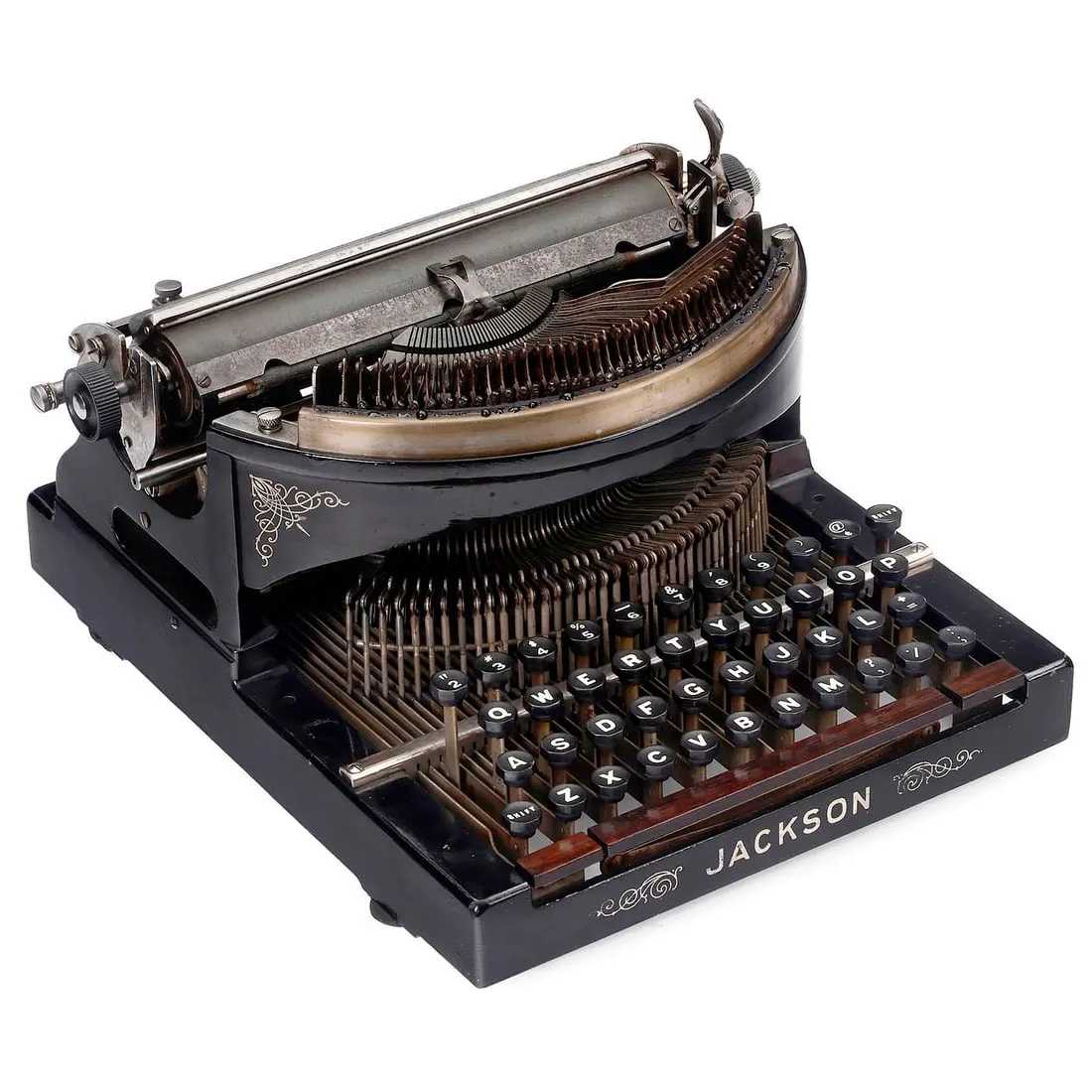
Jackson Type I typewriter, which sold for €22,000 ($23,820, or $29,485 with buyer’s premium) at Breker.
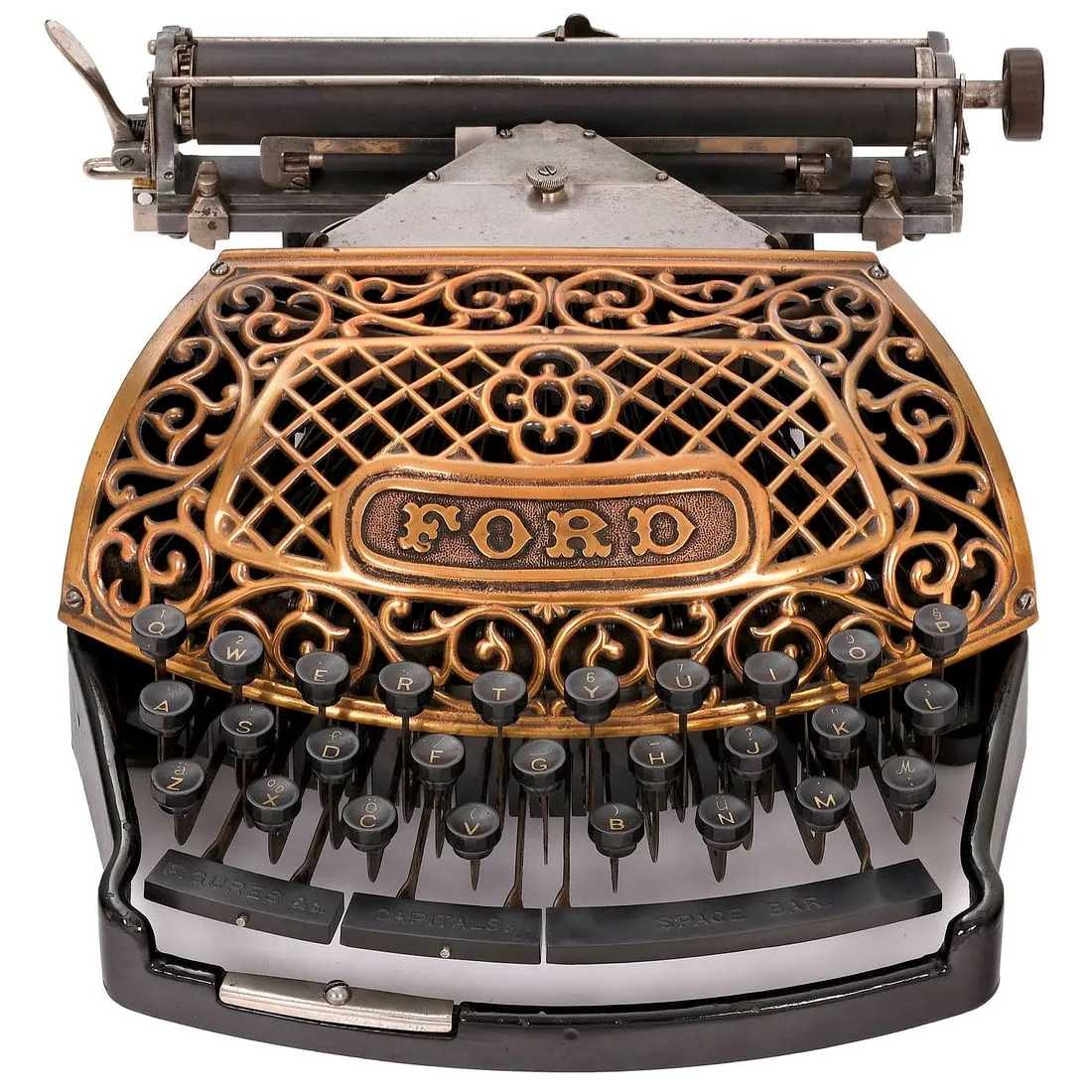
Ford typewriter, which sold for €29,000 ($31,395, or $38,870 with buyer’s premium) at Breker.
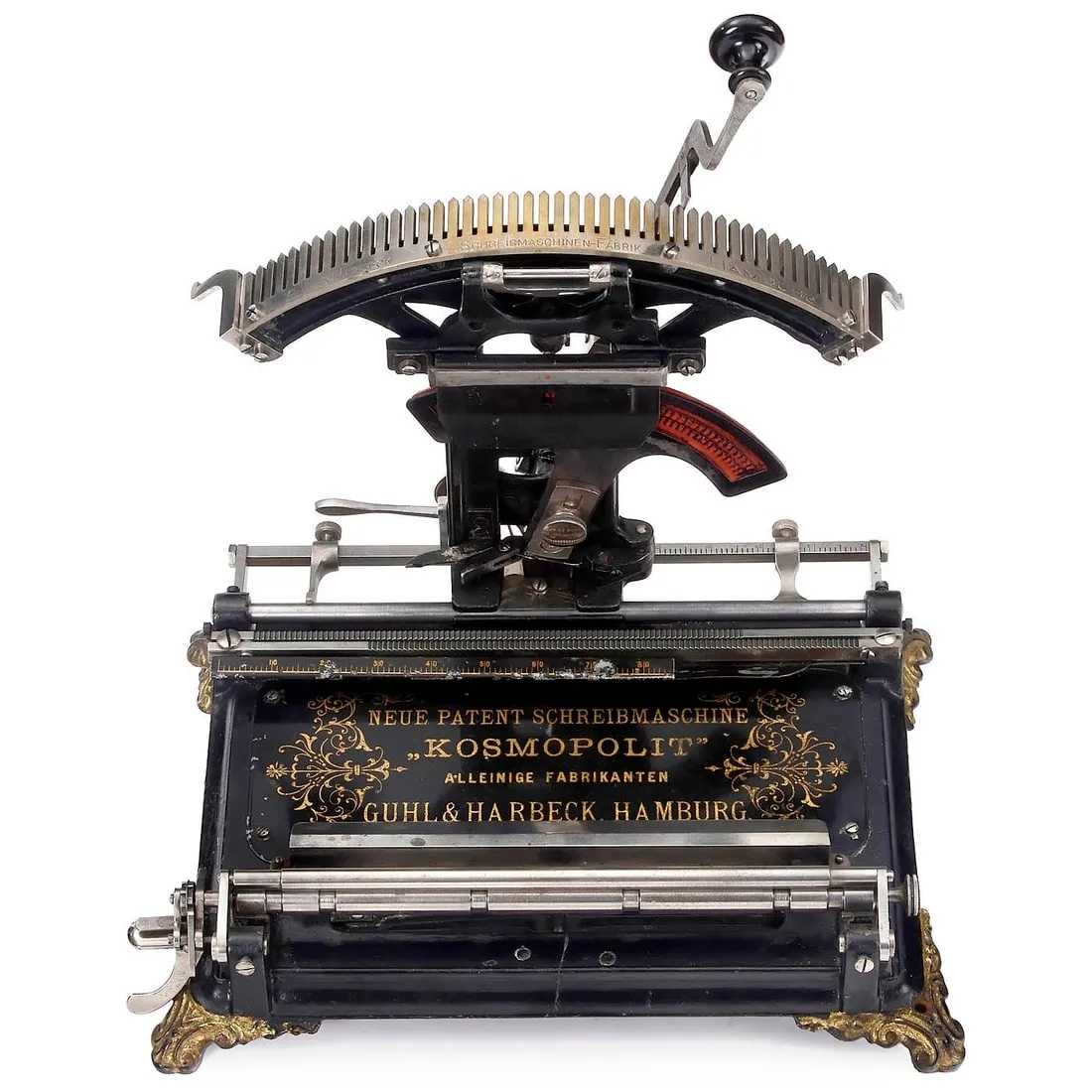
Kosmopolit typewriter, which sold for €18,000 ($19,490, or $46,380 with buyer’s premium) at Breker.
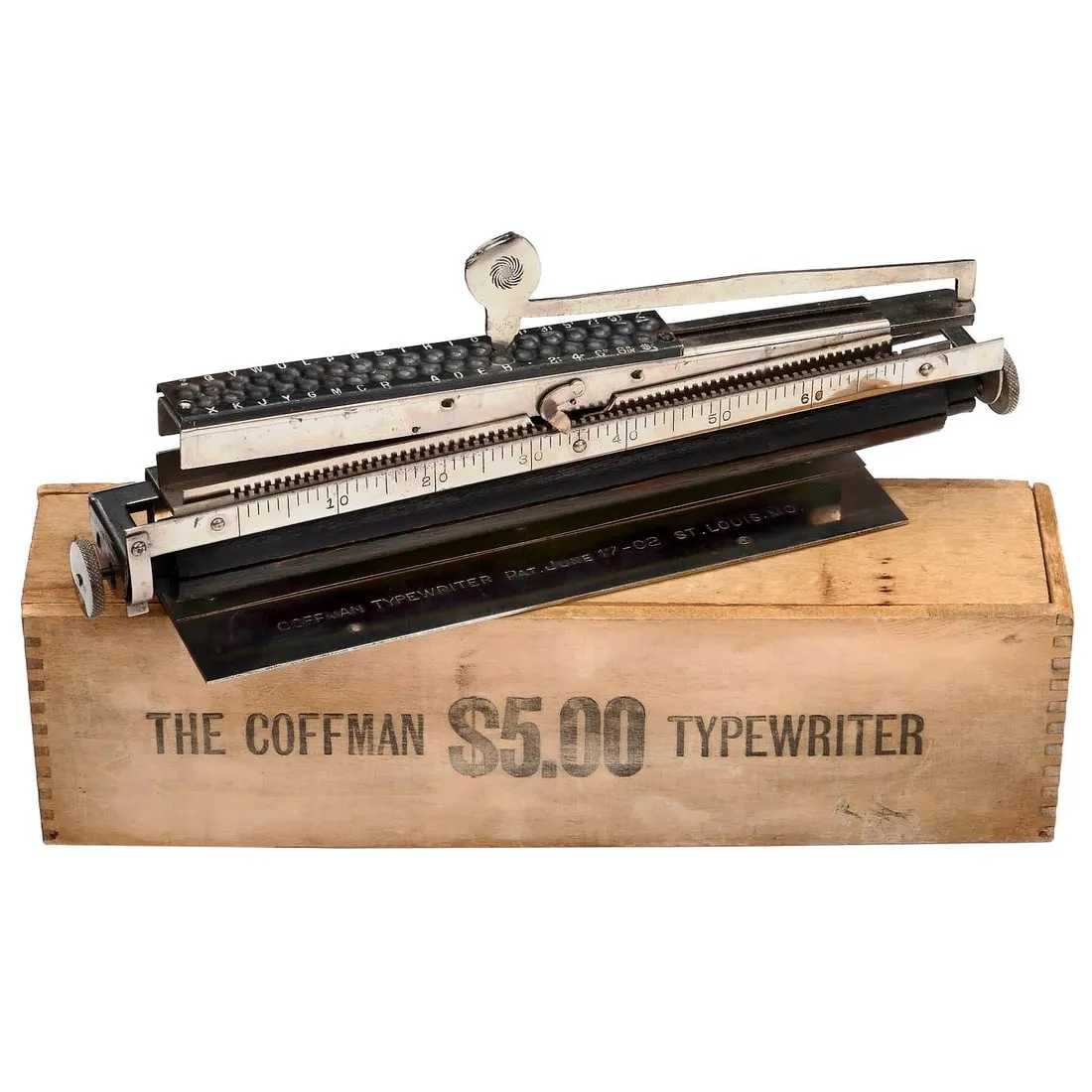
Coffman Pocket Typewriter, which sold for €7,000 ($7,580, or $9,380 with buyer’s premium) at Breker.
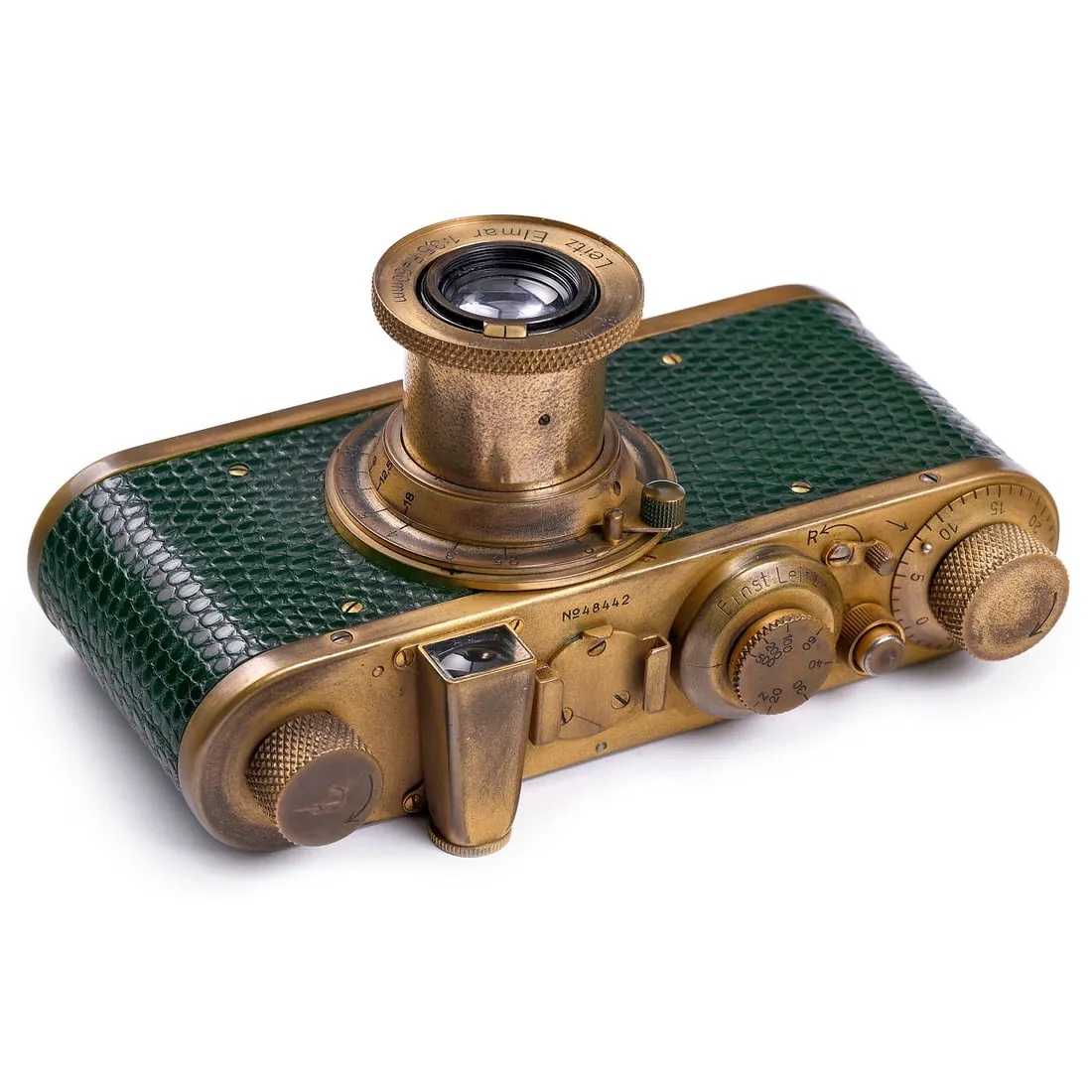
Leica ‘Luxus’ 1 camera, which sold for €150,000 ($162,390, or $201,040 with buyer’s premium) at Breker.


